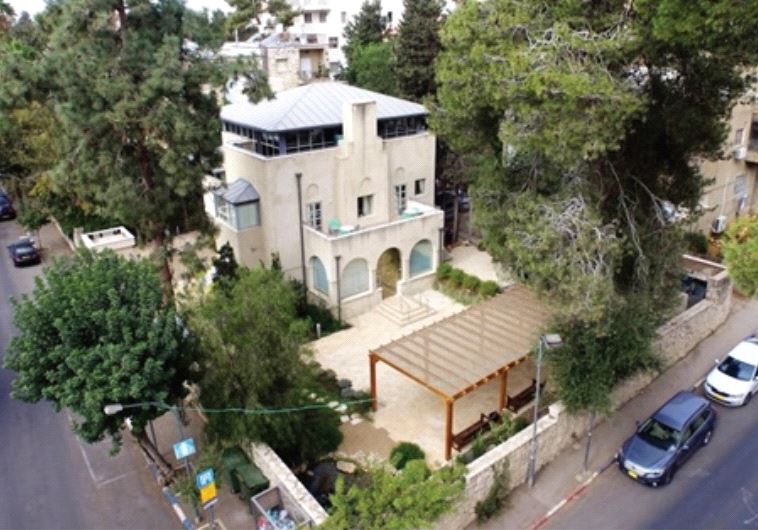A house with a legacy
Jerusalem’s newest museum is a must-see gem that tells the compelling story of Levi Eshkol and his contributions at a crucial point in our history.
 The newly renovated Beit Levi Eshkol in the Rehavia neighborhood(photo credit: DOV GREENBLAT/SPNI)Updated:
The newly renovated Beit Levi Eshkol in the Rehavia neighborhood(photo credit: DOV GREENBLAT/SPNI)Updated: